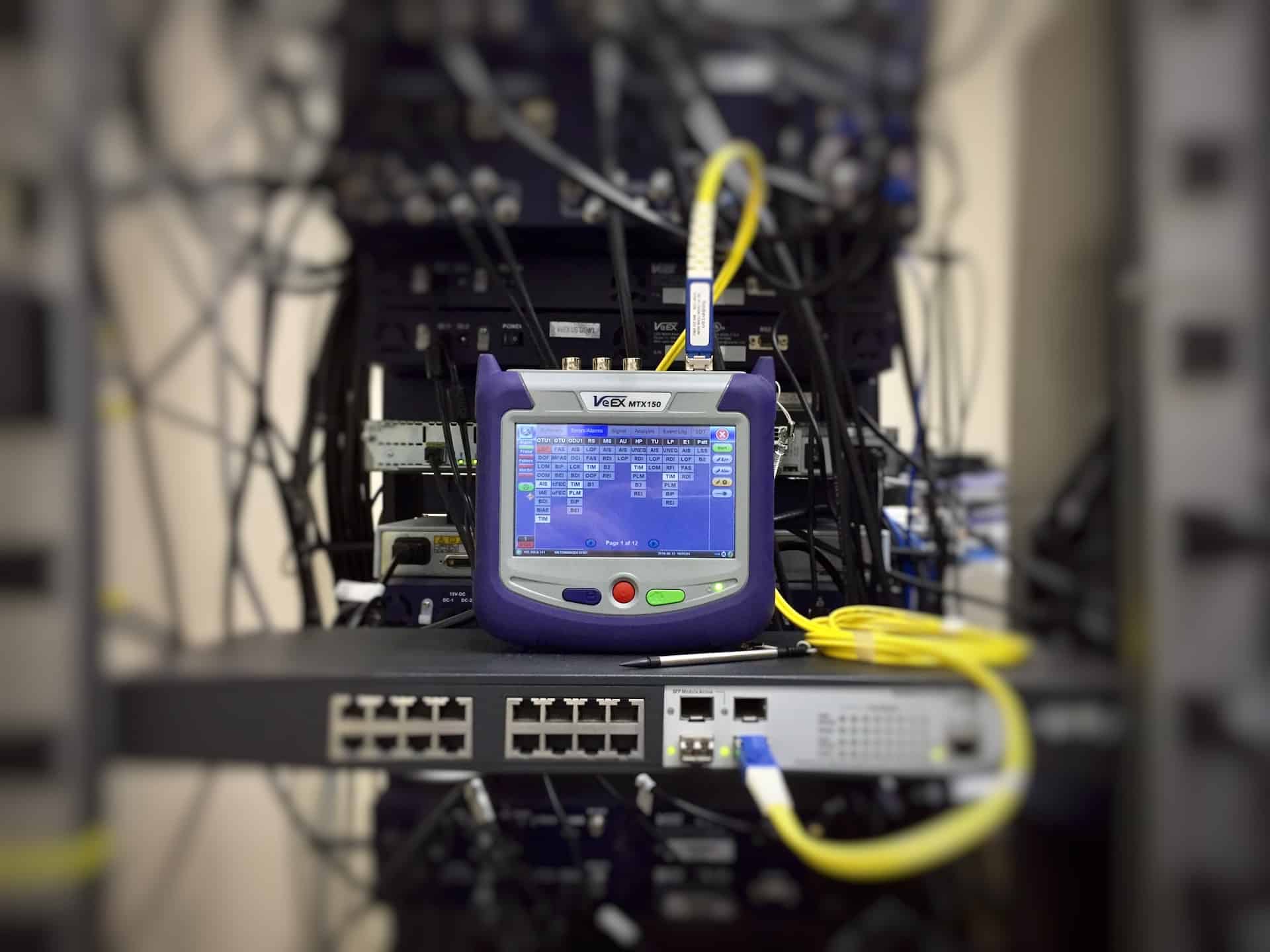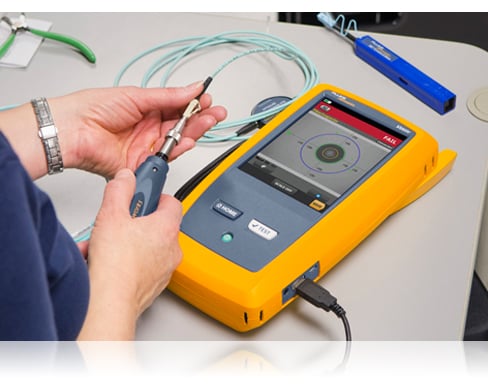Engineers use the optical fibre diameter analyser to verify fibre uniformity.
Wiki Article
Discovering the Perks of Optical Fiber Checking for Enhanced Interaction Solutions
The relevance of optical fiber testing in modern communication systems can not be overemphasized, as it functions as a foundation for making certain network dependability and efficiency. Using advanced techniques such as Optical Time-Domain Reflectometry (OTDR) and insertion loss analysis, organizations can not just determine mistakes yet likewise enhance their configurations. This aggressive testing technique has extensive effects for signal quality and functional effectiveness, increasing the question of exactly how these methods add to long-term sustainability in an ever-evolving technological landscape. Comprehending these characteristics is important for stakeholders intending to preserve a competitive side.Significance of Optical Fibre Screening
The relevance of optical fiber testing can not be overstated in today's data-driven atmosphere. As companies progressively count on high-speed data transmission for everyday operations, the stability and efficiency of optical fiber networks are critical. Evaluating makes sure that these networks can support the large quantities of information created and sent flawlessly, fostering efficient communication and connectivity.Optical fibre screening serves multiple important features, consisting of validating installment top quality, recognizing potential faults, and identifying overall system performance. Regular testing can prevent costly downtimes and solution disturbances, permitting companies to preserve operational continuity. It helps in compliance with sector requirements and policies, ensuring that fiber optic installments fulfill needed specifications for safety and security and integrity.
In addition, testing can enhance the long life of fibre optic systems. By proactively identifying concerns such as signal loss, depletion, or connector failings, companies can deal with problems before they rise, hence expanding the life of their facilities. In recap, optical fibre testing is not just a technological requirement but a critical investment that enhances network integrity, enhances performance, and inevitably sustains the growth and performance of modern-day communication systems.
Key Checking Methods

OTDR is an essential method made use of to recognize mistakes, action splice losses, and assess the total integrity of a fibre optic web link. By sending out a pulse of light down the fibre and analyzing the shown light, professionals can identify areas of mistakes and assess the network's efficiency over long distances.
Insertion loss testing determines the quantity of signal loss that takes place when light go through a connection or splice. This approach is important for validating that links meet specified loss limits, which is crucial for preserving optimum performance in interaction systems.
Optical return loss testing evaluates the amount of light showed back towards the source as a result of blemishes in the fibre or links. High return loss worths show better efficiency and minimized signal deterioration.
With each other, these testing techniques provide a thorough analysis of fibre optic networks, ensuring their reliability and performance in diverse communication applications.
Influence On System Performance
Effective optical fiber screening straight influences the general efficiency of communication systems. By making certain the stability of fiber optic wires, screening determines potential faults such as attenuation, splice loss, and port misalignment. These issues can dramatically degrade signal high quality, bring about disturbances and decreased data transmission speeds.
Additionally, normal optical fibre testing contributes to long-term system sustainability. It enables very early discovery of wear and tear, allowing for timely maintenance and upgrades prior to significant failures take place. This not only prolongs the life-span of the framework yet likewise makes certain that communication systems stay competitive in regards to efficiency.
Cost-Effectiveness and Performance
Cost-effectiveness is a vital consideration in the deployment and maintenance of optical fibre networks. Carrying out durable optical fibre screening treatments can considerably reduce functional costs by identifying issues prior to they intensify right into major issues. optical fibre testing equipment. By detecting faults, depletion, and various other performance obstacles early, companies can prevent pricey repair work and downtime, which can interrupt services and lead to income lossFurthermore, effective screening methods simplify the setup process, enabling technicians to work better. This equates to lower work costs and faster project completion times. Advanced testing equipment, such as Optical Time Domain Reflectometers (OTDRs), enables a specific assessment of fibre top quality, guaranteeing that only ideal products are made use of, thus lessening waste.
Normal screening also contributes to better source allocation. By comprehending the network's performance, organizations can make educated choices concerning upgrades and growths, ensuring that financial investments are made where they are most needed. In recap, optical fiber testing improves cost-effectiveness and effectiveness, supporting the long-term sustainability and competitiveness of communication systems in a progressively demanding market.
Making Sure Long-Term Reliability
Applying rigorous optical fiber testing not only boosts cost savings and operational efficiency but additionally plays a crucial duty in guaranteeing the long-lasting integrity of interaction networks. Constant testing methods, including depletion and transmission capacity evaluations, assistance determine potential degradation in fiber efficiency before it causes solution disturbances.By employing sophisticated screening methods, network operators can pinpoint faults or weaknesses in the fiber infrastructure, permitting timely removal. This positive approach decreases downtime, guaranteeing that communication systems stay useful and efficient. Routine testing adds to the advancement of a much more resistant network, as operators can adjust and fibre testing equipment optimize their infrastructure based on real-time information understandings.
Additionally, making certain compliance with industry requirements via optical fiber testing strengthens the high quality and stability of the whole communication system. This adherence not only reinforces self-confidence amongst stakeholders however also aligns with governing needs, which are progressively rigid.
Conclusion
Finally, optical fibre screening offers as an essential component in enhancing communication systems. By employing various screening methods, such as OTDR and insertion loss analyses, networks can accomplish ideal performance and integrity. The proactive recognition of mistakes not only boosts signal top quality but likewise minimizes downtime, eventually adding to cost-effectiveness and functional efficiency. Adherence to sector standards fosters stakeholder confidence, guaranteeing the lasting sustainability of communication facilities in a progressively data-driven landscape.Report this wiki page